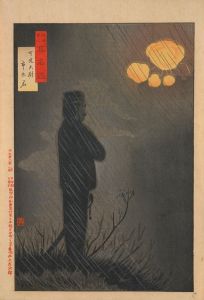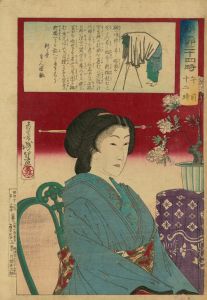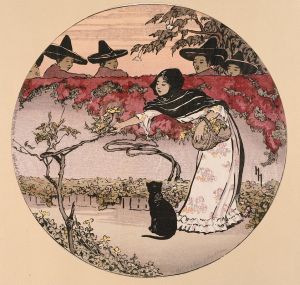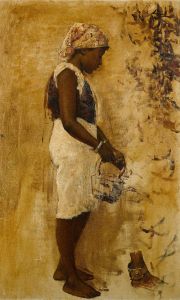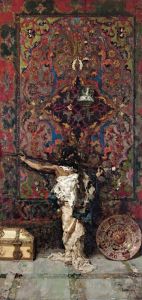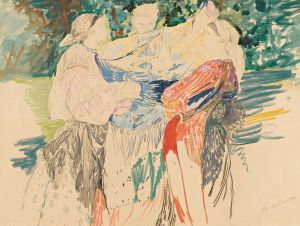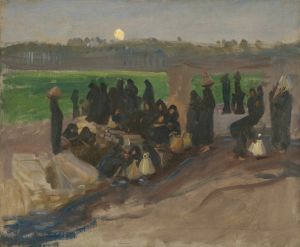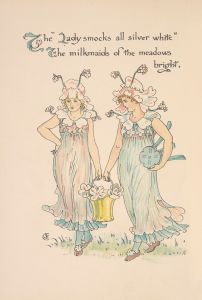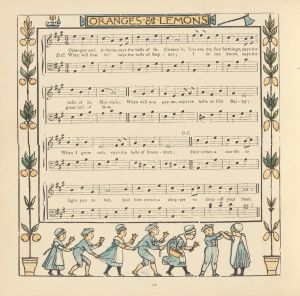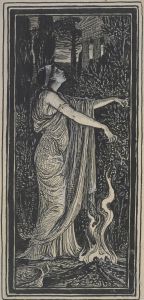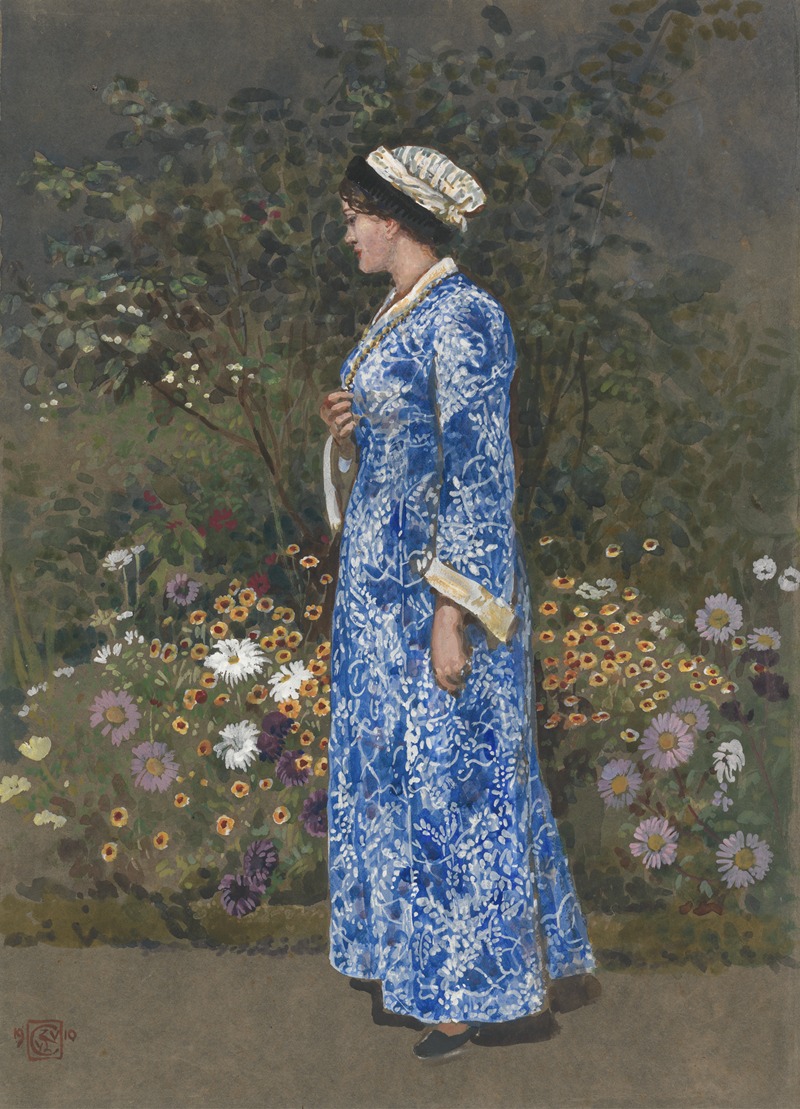
Woman in a Kimono
A hand-painted replica of Walter Crane’s masterpiece Woman in a Kimono, meticulously crafted by professional artists to capture the true essence of the original. Each piece is created with museum-quality canvas and rare mineral pigments, carefully painted by experienced artists with delicate brushstrokes and rich, layered colors to perfectly recreate the texture of the original artwork. Unlike machine-printed reproductions, this hand-painted version brings the painting to life, infused with the artist’s emotions and skill in every stroke. Whether for personal collection or home decoration, it instantly elevates the artistic atmosphere of any space.
"Woman in a Kimono" is a painting by the English artist Walter Crane, who was a prominent figure in the Arts and Crafts movement during the late 19th and early 20th centuries. Crane was known for his diverse artistic talents, which included illustration, painting, and design. His work often reflected the ideals of the Arts and Crafts movement, emphasizing craftsmanship, beauty, and the integration of art into everyday life.
Walter Crane was born on August 15, 1845, in Liverpool, England. He was the son of Thomas Crane, a portrait painter and miniaturist, which provided him with an early exposure to the world of art. Crane's artistic education began with an apprenticeship under the wood-engraver W.J. Linton, where he developed his skills in illustration. He later became a successful book illustrator, known for his children's books and fairy tales, which were characterized by their vivid colors and intricate designs.
"Woman in a Kimono" is one of Crane's works that reflects his interest in incorporating elements from different cultures into his art. The painting depicts a woman dressed in a traditional Japanese kimono, showcasing Crane's fascination with Japanese art and design, which was a common interest among many Western artists during the late 19th century. This period saw a significant influence of Japanese aesthetics on Western art, known as Japonisme, which was characterized by the incorporation of Japanese themes, techniques, and motifs.
The painting captures the elegance and grace of the kimono, highlighting Crane's attention to detail and his ability to blend different artistic styles. The use of color and pattern in the kimono reflects Crane's skill in design and his appreciation for the decorative arts. The composition of the painting suggests a harmonious balance between the figure and the surrounding space, a hallmark of Crane's artistic approach.
Crane's work, including "Woman in a Kimono," often conveyed a sense of narrative and storytelling, drawing viewers into a world of imagination and beauty. His ability to merge different artistic influences and create visually captivating works made him a key figure in the development of decorative arts during his time.
Throughout his career, Walter Crane was not only an artist but also an advocate for social reform. He believed in the democratization of art and was involved in various social and political movements, including the promotion of art education and the improvement of working conditions for artists and craftsmen.
"Woman in a Kimono" exemplifies Crane's artistic versatility and his ability to draw inspiration from a wide range of sources. While specific details about the painting's creation and current location may not be widely documented, it remains a testament to Crane's enduring legacy as an artist who bridged cultural and artistic boundaries.





